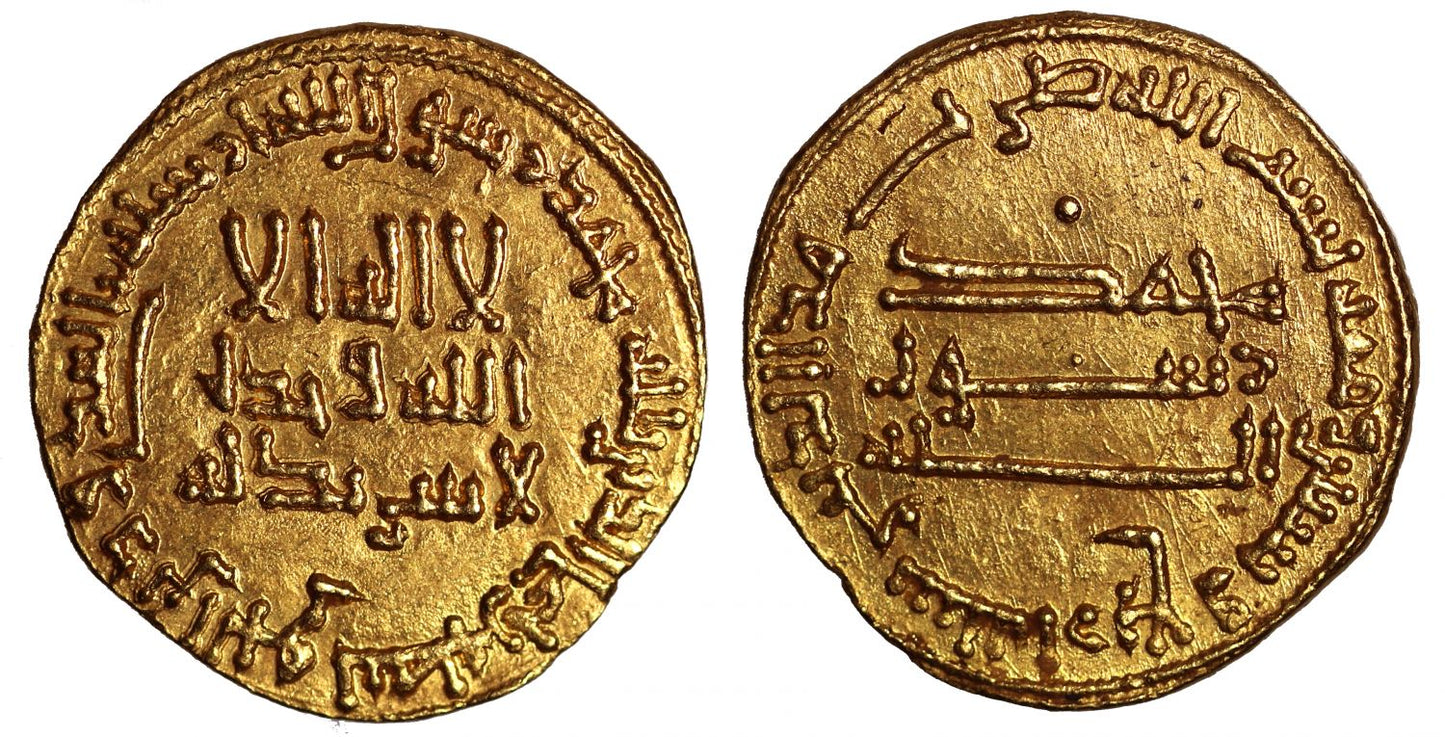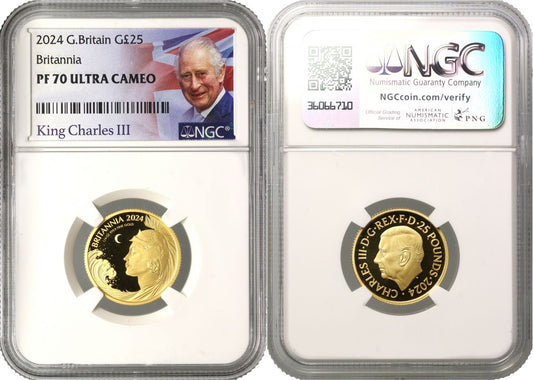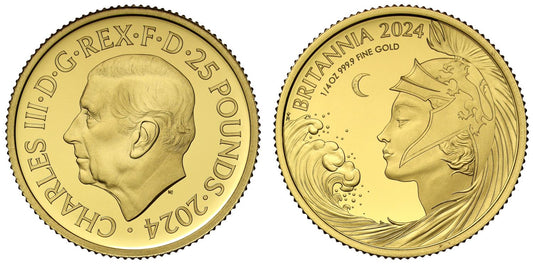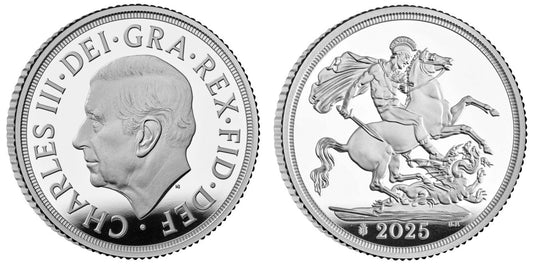FAQs
What makes a coin valuable?
I have coins to sell, what’s the next step?
How will my purchases be shipped?
What happens if I’m not entirely happy with my purchase?
Abbasid, Gold Dinar, AH164.
Abbasid, temp. al-Mahdi (AH 158-169 / 775-785 AD), Gold Dinar, no mint [Iraq], AH 164, pellet in field above reverse inscription, 4.25g (A 210; Bernardi 51). Uncirculated, particularly scarce as such.
Uncirculated Abbasid Dinars are very hard to acquire. Most can only be found in heavily circulated condition and are often also clipped or scraped. Collectors may wait a long time to find uncirculated examples.
Early Islamic coins were derivative of Byzantine coins in style and weight. It has even been suggested that the early Abbasid Dinars, though entirely without images, are based on the Solidi of Heraclius. To follow this argument rotate the reverse of this coin 90 degrees anticlockwise and compare it with the three standing figures of a Heraclius, Heraclius Constantine and Heraclonas Solidus. Throughout numismatics we see examples of new rulers producing coins in the style of the proceeding currency, even after a complete cultural shift, in order to maintain confidence in its value amongst those who use it. If this link is true it suggests that Solidi of Heraclius were still abundant in commerce a hundred years after the end of his reign. Of course Umayyad Dinars also had a three line central inscription, and the general style of an Abbasid Dinar follows the Umayyad, but amongst the earliest Umayyad coinage are de-christianised three-figure types of Heraclius so the link may in fact be continuous throughout.
FAQs
What makes a coin valuable?
I have coins to sell, what’s the next step?
How will my purchases be shipped?
What happens if I’m not entirely happy with my purchase?













